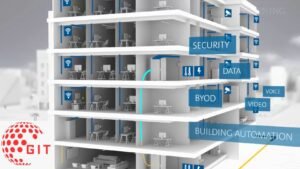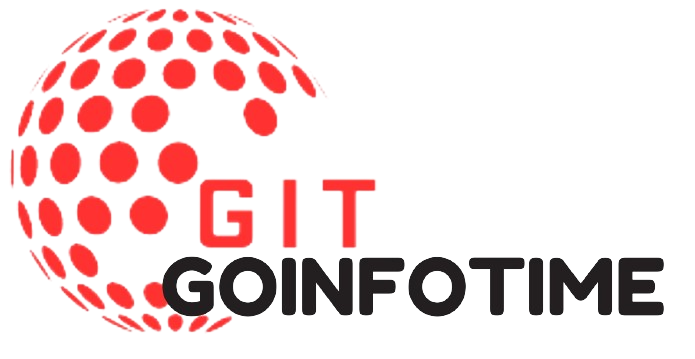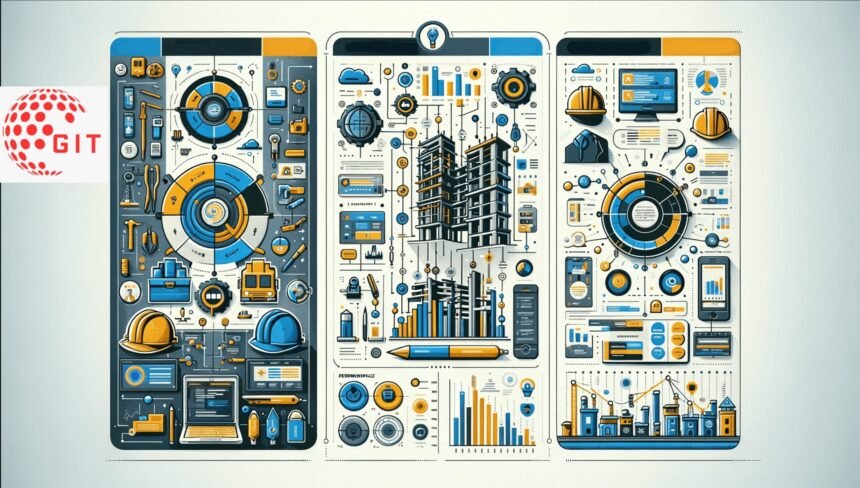Introduction
Building connected in construction has become more important than ever. From project planning to teamwork, “building connected” is about creating better links between people, projects, and information. When construction teams are building connected, they communicate better, reduce errors, and work more efficiently. This article will cover everything about building connected in construction, why it matters, and how to achieve it.
Let’s explore how “building connected” transforms the construction industry, step by step.
1. What is Building Connected?
Building connected refers to creating links and connections across the construction industry. This means connecting people, technology, and processes to improve efficiency. When building connected is in place, everyone involved in a construction project can easily communicate, share information, and work together.
In simpler terms, building connected is like creating a bridge that allows smooth flow of information between different parts of a construction project. It includes connecting architects, contractors, suppliers, and even clients.
2. Why is Building Connected Important in Construction?
Building connected is vital for several reasons. It helps in managing complex projects, reduces errors, and saves time. Here are some key reasons why building connected matters in construction:
- Improved Communication: When building connected, everyone can easily access and share important information.
- Reduced Delays: Building connected allows for quick problem-solving, reducing delays.
- Cost Efficiency: When information flows smoothly, resources are used more efficiently, which saves money.
- Enhanced Quality: Building connected ensures everyone is on the same page, leading to better project quality.
- Client Satisfaction: A connected team can meet client expectations more effectively.
By focusing on building_connected, construction teams can complete projects faster, with fewer errors, and within budget.
3. How to Start Building Connected in Construction?
Building_connected starts with understanding the needs of your team and the project. Here are some key steps to start building_connected:
a. Use Advanced Technology
Technology plays a big role in building_connected. Construction management software helps teams share updates, track progress, and communicate in real-time.
b. Establish Clear Communication Channels
To build connected, set up clear communication channels, such as regular meetings and project updates. This ensures everyone stays informed.
c. Define Roles and Responsibilities
When building_connected, it’s important to define everyone’s roles clearly. This avoids confusion and makes it easier for team members to know their responsibilities.
d. Use Cloud-Based Platforms
Cloud-based platforms allow teams to access project data from anywhere. This is essential in building_connected, as it ensures everyone can stay updated.
e. Regular Feedback and Evaluation
Building_connected means regularly evaluating how well your team is communicating and connected. Regular feedback helps identify any issues early.
4. Tools and Software for Building Connected in Construction
Several tools make building_connected easier. Here are some popular options:
- Procore: A construction management software that helps in building_connected by offering tools for project management, budgeting, and document sharing.
- PlanGrid: Allows teams to share blueprints and documents, making building_connected easier by providing a central location for all project files.
- BIM 360: Building_connected becomes simpler with BIM 360, which helps with project collaboration and data sharing.
- Bluebeam Revu: A tool for sharing and reviewing documents, helping teams stay connected and reducing errors.
By using these tools, teams can focus on building_connected processes that improve efficiency and project success.
5. Benefits of Building Connected in Construction
Building_connected comes with several benefits, including:
a. Enhanced Team Collaboration
Building_connected fosters teamwork, as it connects everyone involved in the project.
b. Reduced Miscommunication
When teams focus on building_connected processes, there are fewer misunderstandings. Everyone receives the same information at the same time.
c. Faster Project Completion
With smooth communication and information sharing, building_connected speeds up project completion.
d. Improved Safety
Building_connected also impacts safety, as teams can easily report hazards and stay informed about safety measures.
e. Real-Time Decision Making
With building_connected, decisions can be made in real-time, thanks to easy access to current information.
By focusing on building_connected, companies experience improved project outcomes, better teamwork, and satisfied clients.
6. Common Challenges in Building Connected and How to Overcome Them
Building_connected can come with some challenges. Here are some common issues and how to overcome them:
a. Resistance to Change
Some team members may resist new technologies or processes. To overcome this, provide training and explain the benefits of building_connected.
b. Data Security Concerns
When building_connected, sharing information online raises security concerns. Use secure platforms and educate team members about data security.
c. Integration Issues
Not all software integrates easily. Choose compatible tools that support building_connected across different platforms.
d. Communication Barriers
If teams are spread across locations, it may be harder to communicate. Video calls and project management software can help overcome this.
Building_connected requires planning and a willingness to adapt to new processes. With the right approach, these challenges can be easily managed.
7. Future Trends in Building Connected in Construction
The future of building_connected in construction is exciting, with many trends shaping the industry. Here are some key future trends:
a. Use of Artificial Intelligence (AI)
AI can enhance building_connected by analyzing project data and predicting potential issues. This allows teams to take preventive measures.
b. Internet of Things (IoT) Devices
IoT devices make building_connected easier by providing real-time data from construction sites, such as equipment usage and environmental conditions.
c. 5G Technology
With 5G, building_connected will become faster. Teams can communicate and share data without delays.
d. Virtual Reality (VR) and Augmented Reality (AR)
VR and AR can help in building_connected by allowing teams to visualize projects and make changes before construction begins.
These trends will further simplify building_connected in the construction industry, making projects even more efficient.

FAQs
What does building_connected mean in construction?
Building_connected means creating effective links between people, processes, and technology in construction to improve efficiency and communication.
How does building_connected reduce project delays?
Building_connected ensures real-time communication, allowing teams to solve problems quickly, which reduces delays.
What tools help in building_connected in construction?
Tools like Procore, PlanGrid, BIM 360, and Bluebeam Revu help in building_connected by offering platforms for collaboration and information sharing.
Is building_connected important for safety?
Yes, building_connected improves safety as it allows for better communication and quick reporting of hazards on-site.
How can teams overcome resistance to building_connected?
Teams can overcome resistance by providing training and explaining the benefits of building_connected processes.
Conclusion
Building_connected is transforming the construction industry by creating better links between people, technology, and processes. It enhances communication, reduces delays, and improves project quality. With tools like Procore, BIM 360, and trends like AI and IoT, building_connected is becoming easier. By focusing on building_connected strategies, construction companies can achieve faster, safer, and more efficient projects.





